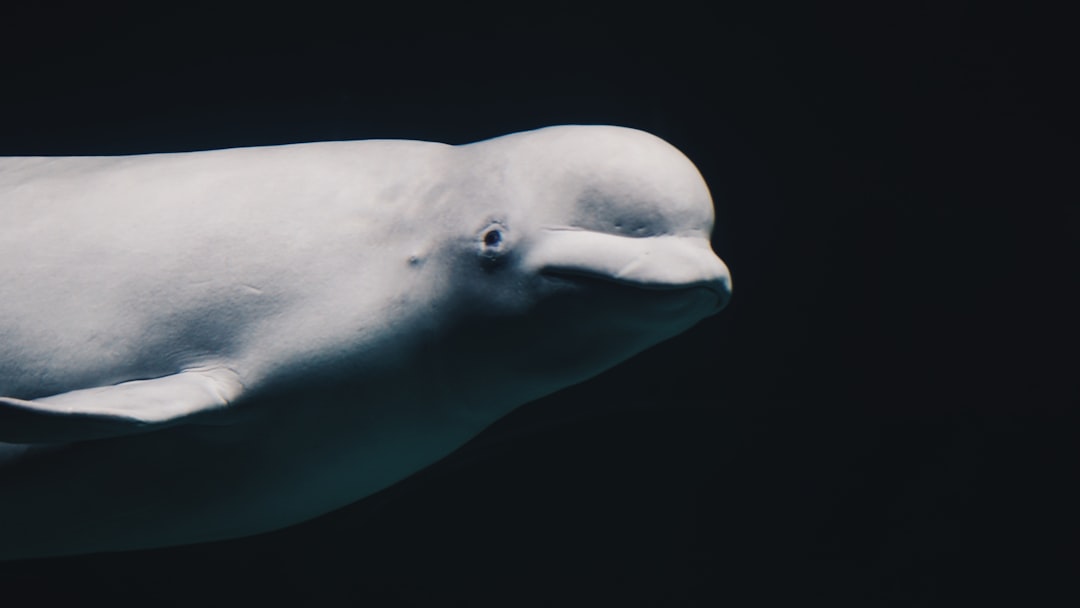What is it about?
Saltwater intrusion (SWI), or the movement of saline water into freshwater aquifers, has become a global problem. Both human activities and climate change are responsible for SWI. To understand and predict SWI better, coastal aquifers must be managed using decision support tools. Put simply, a decision support tool is a software that helps make better decisions. In this paper, the authors created such a software based on probability, called a “Bayesian Belief Network” (BBN). The BBN considered that SWI is caused by a combination of human activities and climate change. Based on this, it suggested what could be done to reduce or reverse SWI. The authors then expanded BBN into a “Dynamic Bayesian Network” (DBN) to see how SWI would change with time. They tested the DBN at a coastal aquifer in Beirut, Lebanon. They found that the primary cause of SWI was not climate change, but human activities and water shortage. Maintaining a balanced supply and demand slowed down SWI but did not reverse it. The authors concluded by highlighting the results of adopting various SWI management strategies.
Featured Image

Photo by Giorgio Trovato on Unsplash
Why is it important?
SWI is a serious challenge to managing freshwater aquifers. Making better decisions in managing aquifers is, thus, necessary. However, the combined effect of climate change and local human activities on SWI is difficult to predict. This study shows that probability-based tools can help predict the causes of SWI. KEY TAKEAWAY: Making decisions based on probability can help us understand the causes of SWI. This, in turn, can help manage freshwater coastal aquifers better.
Read the Original
This page is a summary of: Dynamic Bayesian Networks to Assess Anthropogenic and Climatic Drivers of Saltwater Intrusion: A Decision Support Tool Toward Improved Management, Integrated Environmental Assessment and Management, November 2020, Wiley,
DOI: 10.1002/ieam.4355.
You can read the full text:
Contributors
Be the first to contribute to this page










